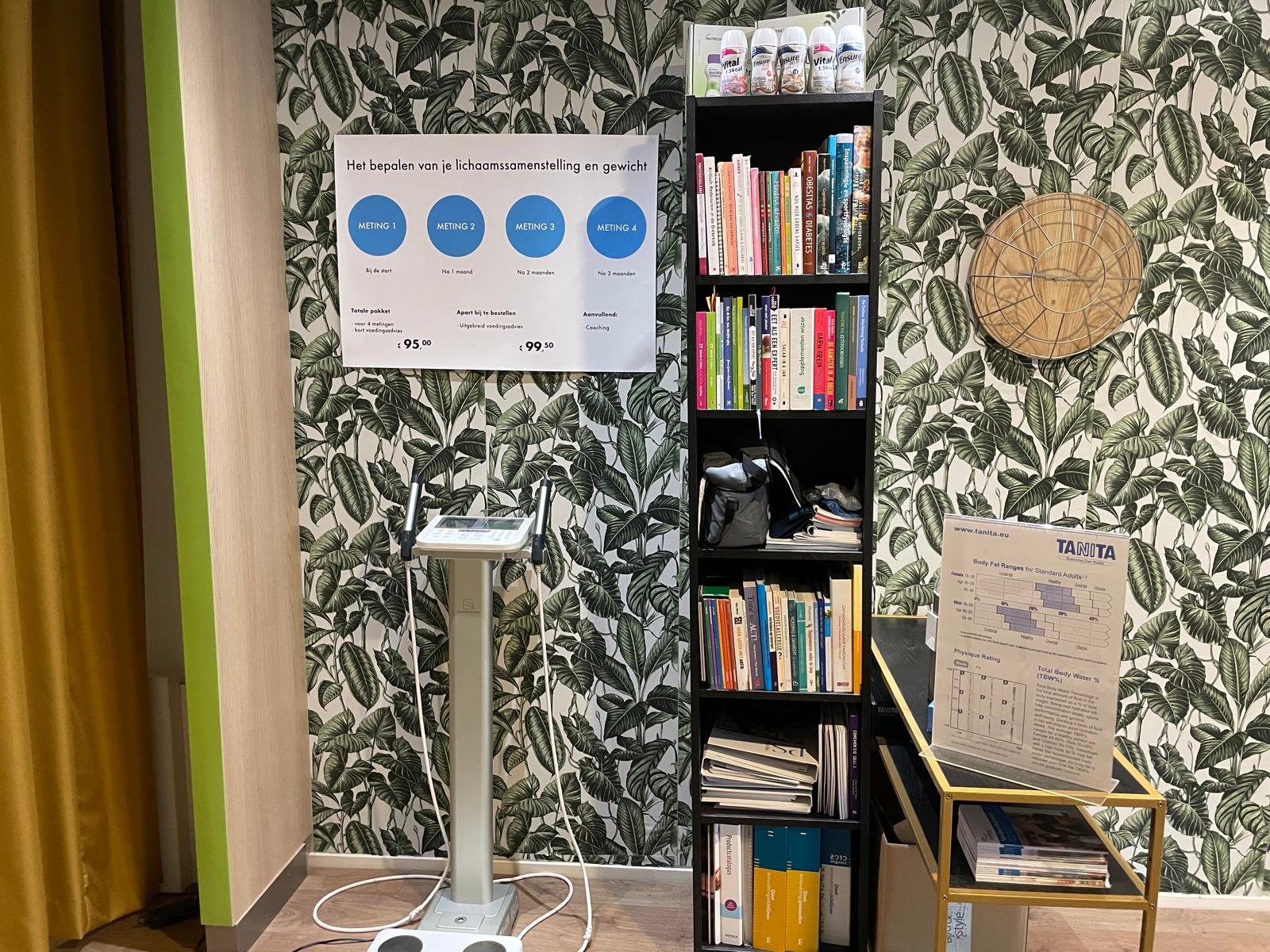Regular BIA measurements: what do they deliver?


Guest author: Berdien van Wezel, Owner of Healthy Living Dietitians Practice (Gezond Leven Diëtisten)
Regular BIA measurements: what do they deliver?
Daphne, patient:
“The BIA measurement is a fixed part of the consultation. I put on easy shoes and don’t wear pantyhose. I always look forward to the measurement. I see the result immediately from the dietary advice that I try to follow faithfully.”
The scale: curse or blessing
What amazes me every time: patients come for the intake. They are often a bit hesitant to step on the scale. After all, they already know that the weight is too high. They often say, “we’ll do that measuring next time.” I understand their hesitation, but I also know that a body analysis measurement shows so much more than weight alone. They are often surprised that, for example, muscle mass is much higher than expected. This is a first boost and is motivating. About 20% of patients stop the treatment after 2–3 weeks if they do not see results in weight. They follow the dietary advice but are not rewarded for their efforts. Precisely then a BIA measurement is useful. They do see a difference! And we as dietitians make the difference by discussing the results extensively with the patient.


Working on the result
Based on the first result, the patient and I determine together what we are going to work toward: What should the end result be in terms of weight, fat %, muscle mass and fluid %?
We note these goals in the file. Some patients come by every week for a measurement, others, for example once every two weeks. I mainly measure patients with over- and underweight. I do this in almost 95% of cases. I am cautious with measuring overweight and obese patients who indicate they do not want to be measured. I mainly listen to their story and let them determine when they want to step on the scale.
Performance pressure?
Many patients do not find it unpleasant at all to be measured repeatedly once they are over the first threshold and see that we are not only looking at weight. I assumed that this would negatively influence the pressure for weight reduction. But nothing could be further from the truth. The first thing they often ask when they come into my consulting room is: “Shall I step on the scale right away?”
If the desired result has not been achieved, as a dietitian, you can discuss very openly and honestly what may be changed in the dietary advice. And then the patient gets to work with this again.
During the intake and the follow-up consultations I repeat the measurement. It is valuable to see the progress, and it motivates the patient.



